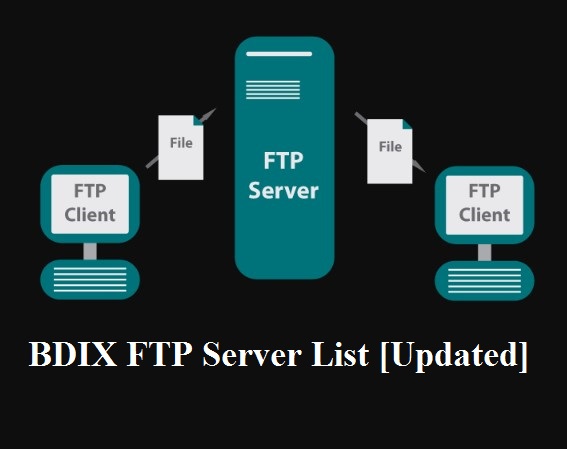Today the world revolves around computers and phones. The amount of your life spent on either a computer or cell phone is increasing. Work, play, and social interactions are now taking place electronically.
What happens when the power goes out and all your electronic devices no longer work or communicate? Are you lost like many of us? Do you get frantic about when the power will be restored so you can get back online? Have you saved all your work or your spot in your latest game?
You can protect yourself against data loss in the event of a power outage by installing a universal power supply.
Quick Link:
What Is a UPS?
A UPS is short for Universal Power Supply. It is an electrical device designed to supply emergency power to a computer or cell phone when the power goes out. These are the same types of systems used in industrial applications to protect large machinery or manufacturing facilities.
These systems are different from an auxiliary or emergency power supply. A UPS provides near-instantaneous protection from power shortages via a battery.
The UPS battery bridges the gap between a power loss and the activation of a long-term alternate power system.
Mechanics Behind UPS Technology
An electrical device expects to get continuous smooth power from its power source. The computer, phone, or other electrical device can tolerate slight differences from their specification, but a significant deviation can cause the computer’s power supply to fail.
A UPS provides different layers of protection:
- Voltage surge and spike protection – If your voltage spikes to higher than it should, the UPS will smooth out the power and protect your electronic devices.
- Voltage sags – Some units can normalize both over and under voltage to ensure the operation and battery life of your devices.
- Total Power Failure – If the power goes out completely, the UPS can transition to a battery reserve to ensure all your devices continue to function.
- Intelligent Communication – Advanced systems can communicate with connected devices to enable automated shutdown procedures designed to preserve data integrity before total failure.
Different Types of UPS Systems
A standby UPS runs the computer off the normal power until it detects a problem. At that point, in 5ms or less, it turns on a power inverter and runs your computer off the UPS battery.
A line-interactive system is more sophisticated. These devices are designed to deal with a wider range of power issues including voltage sags and surges.
A double-conversion unit offers the highest level of power protection. It does this by completely isolating connected equipment from exterior power sources. You will usually find these in environments that handle highly sensitive data and critical equipment.
Electrical Grid
Power gets to your home through a complex network of power plants, retailers, and interconnected providers. As electricity demand continues to grow unabated, power suppliers struggle to keep up. This can lead to increasing voltage sags and in some cases outs.
It makes sense to protect your electronic equipment and valuable data with an uninterrupted power supply.










